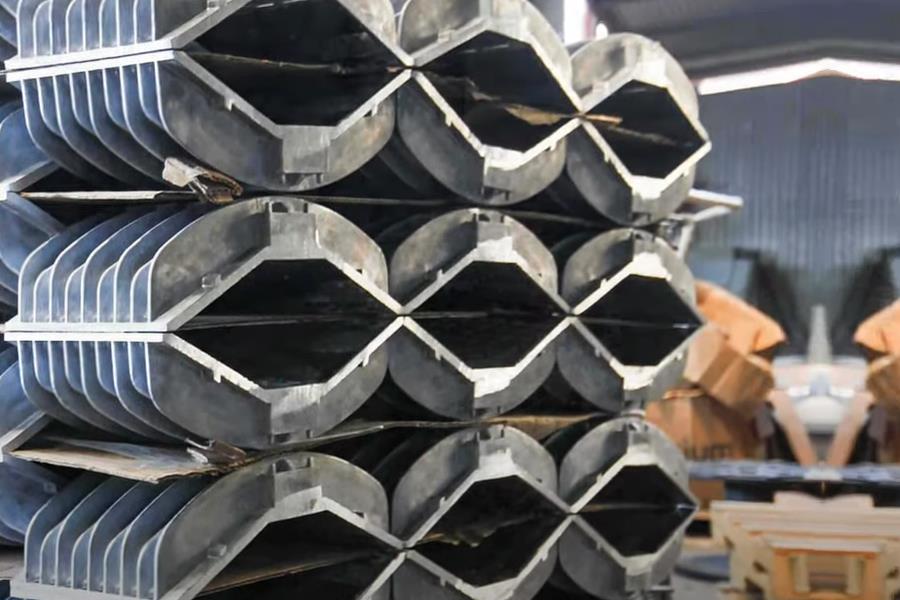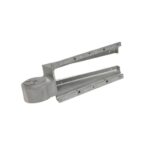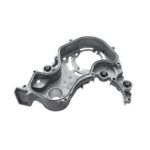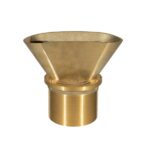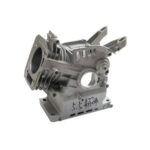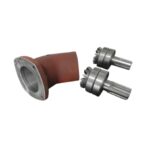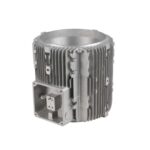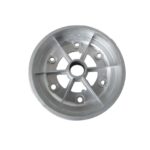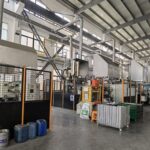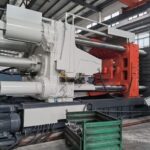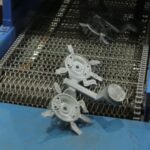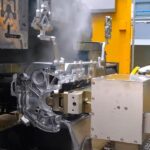
Why Are There Two Names?
When it comes to the element known as aluminum or aluminium, many people wonder why there are two different names. The short answer is that it’s a matter of regional preference. In British English, the term “aluminium” is used, while American English favors “aluminum.”
Origin of the Terms
The story behind the two names goes back to the early 19th century. British chemist Sir Humphry Davy originally called the element “alumium,” but later changed it to “aluminum.”
In 1812, scientists in Britain decided that “aluminium” sounded more classical and aligned with other elements like sodium and potassium. Meanwhile, in the United States, the spelling “aluminum” stuck.
British vs American English Influence
The difference in spelling is simply a result of how British and American English have evolved. In scientific communities, both terms are recognized as referring to the same element.

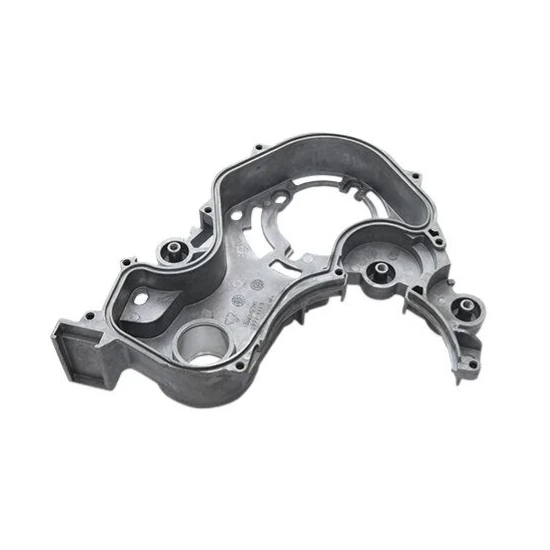
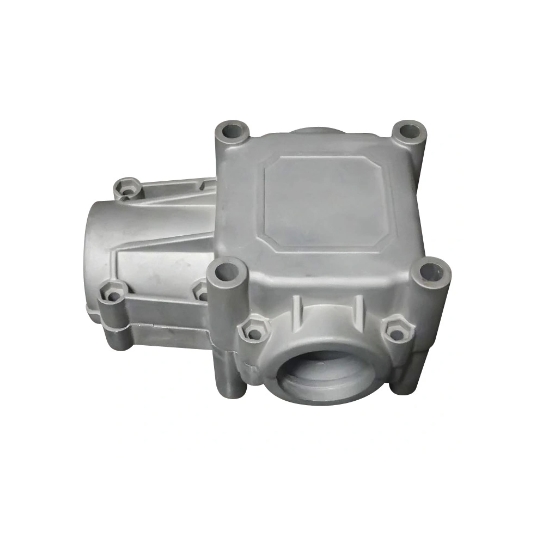
Is Aluminium a Metal?
Characteristics of Aluminium
Aluminium is indeed a metal, and it’s one of the most abundant metals on Earth.
It’s known for being lightweight, non-magnetic, and corrosion-resistant, making it highly valuable in a wide range of industries.
Why Aluminium is Considered a Metal
Metals are characterized by their ability to conduct heat and electricity, their shiny appearance, and their malleability. Aluminium ticks all these boxes, which is why it is classified as a metal.
Difference Between Aluminum and Aluminium
| Same Element, Different Names | Geographic Usage of the Terms |
| Despite the difference in spelling, aluminum and aluminium refer to the same chemical element, represented by the symbol Al on the periodic table. Both terms are correct, depending on where you are in the world. | In the United States and Canada, “aluminum” is the preferred spelling, while in the UK and other parts of the world, “aluminium” is more commonly used. This is purely a matter of linguistic preference, with no scientific distinction between the two. |
Aluminum vs Aluminum Alloy
What is an Aluminum Alloy?
An aluminum alloy is a mixture where aluminum is combined with other elements, such as copper, magnesium, or zinc, to improve its mechanical properties.
Alloys are typically stronger and more durable than pure aluminum.
Key Differences Between Pure Aluminum and Alloys
The main difference between pure aluminum and its alloys lies in their strength and resistance to wear.
While pure aluminum is relatively soft, alloys provide enhanced properties, such as increased tensile strength, making them more suitable for structural applications.

Is Aluminium a Metal or Nonmetal?
Defining Metals and Nonmetals
Metals are typically characterized by their ability to conduct electricity, their malleability, and their luster.
Nonmetals, on the other hand, lack these properties and are generally brittle and poor conductors of heat and electricity.
Aluminum’s Position on the Periodic Table
Aluminium is located in group 13 of the periodic table, among other metals. Its properties clearly define it as a metal, and it behaves as such in most practical applications.
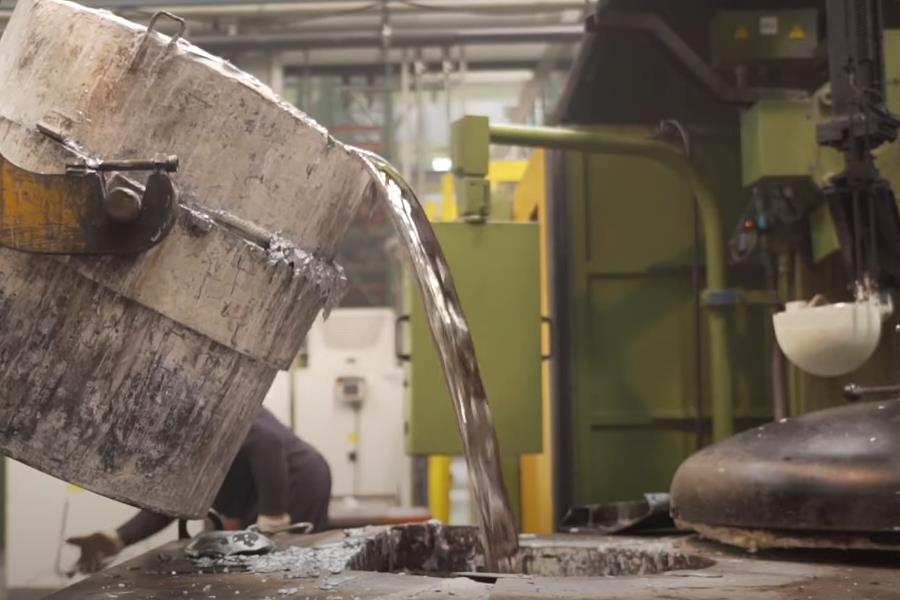
Properties of Aluminum and Aluminium
Lightweight
One of the most notable properties of aluminum is its low density.
This makes it an ideal material for industries that require strength without adding significant weight, such as aerospace and automotive manufacturing.
Corrosion Resistance
Aluminum naturally forms a thin oxide layer when exposed to air, which protects it from further corrosion. This is why aluminum is a preferred material for outdoor applications and products that need to withstand harsh environmental conditions.
Electrical and Thermal Conductivity
Aluminum is an excellent conductor of electricity and heat, making it useful in electrical wiring, heat exchangers, and other applications where these properties are critical.

Common Applications of Aluminum
Construction and Architecture
Aluminum is widely used in construction due to its durability, lightweight properties, and corrosion resistance. It’s commonly found in window frames, roofing, and structural components.
Automotive and Aerospace
The lightweight nature of aluminum makes it perfect for use in vehicles and aircraft, where reducing weight without compromising strength is essential for improving fuel efficiency.
Consumer Goods
From laptops to kitchen utensils, aluminum is frequently used in consumer products due to its sleek appearance, durability, and ability to conduct heat.
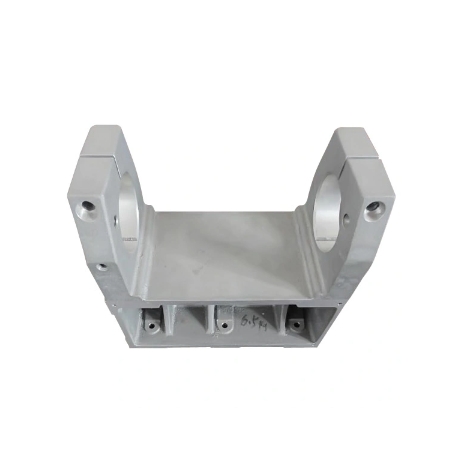


What is the Difference Between Aluminum and Aluminum Alloy?
Composition of Alloys
Aluminum alloys are typically made by adding small amounts of other elements to improve the base metal’s properties.
For example, adding copper can increase the alloy’s strength, while adding magnesium can improve its corrosion resistance.
Benefits of Alloying Aluminum
The main advantage of aluminum alloys is that they offer enhanced strength and durability while still maintaining much of the lightweight nature of pure aluminum.
This makes them more versatile for a variety of industrial applications.

Alloy vs Aluminum: Which is Better?
When to Use Pure Aluminum
Pure aluminum is typically used in applications where its lightweight and corrosion resistance are needed, such as in the production of beverage cans and some types of packaging.
When Alloys are Preferred
Alloys are used when additional strength is required. For example, in the aerospace industry, aluminum alloys are favored because they can withstand high stress and strain while remaining lightweight.

How Aluminum is Named and Classified
Naming Conventions for Pure Aluminum
In terms of nomenclature, pure aluminum is usually referred to as 1000-series aluminum, which indicates that it is 99% pure or higher.
Classifications of Aluminum Alloys
Aluminum alloys are classified into different series based on the other elements added. For instance, the 2000 series contains copper, while the 6000 series is a mixture of magnesium and silicon.
Is Aluminium a Solid?
| Physical State of Aluminum | Solid Properties of Metals |
| Aluminium is indeed a solid under standard conditions. Its solid state is what makes it a popular material in construction and manufacturing, providing structural integrity. | Like other metals, aluminum has a crystalline structure when solid, which contributes to its strength and durability. |
Is Aluminum a Metal or Nonmetal?
Examining the Metal Properties of Aluminum
Aluminum’s electrical conductivity, malleability, and luster make it a textbook example of a metal. These properties distinguish it from nonmetals, which are typically poor conductors and more brittle.
Why Aluminum is Not Considered a Nonmetal
Aluminum possesses all the defining traits of metals, including high electrical and thermal conductivity, malleability, ductility, and a shiny appearance.
Nonmetals, on the other hand, are generally brittle, lack luster, and are poor conductors. Based on these characteristics, aluminum is firmly classified as a metal rather than a nonmetal.

The Environmental Impact of Aluminum
Aluminum’s Role in Recycling
One of aluminum’s standout features is its recyclability. Unlike many materials, aluminum can be recycled indefinitely without losing its properties, making it one of the most eco-friendly metals available.
Recycling aluminum saves up to 95% of the energy required to produce new aluminum from raw materials.
Eco-Friendly Advantages of Using Aluminum
Aluminum’s lightweight nature means that when used in transportation, such as in cars and airplanes, it can significantly reduce fuel consumption.
This contributes to lower greenhouse gas emissions, which makes aluminum an environmentally friendly choice for a wide range of industries.
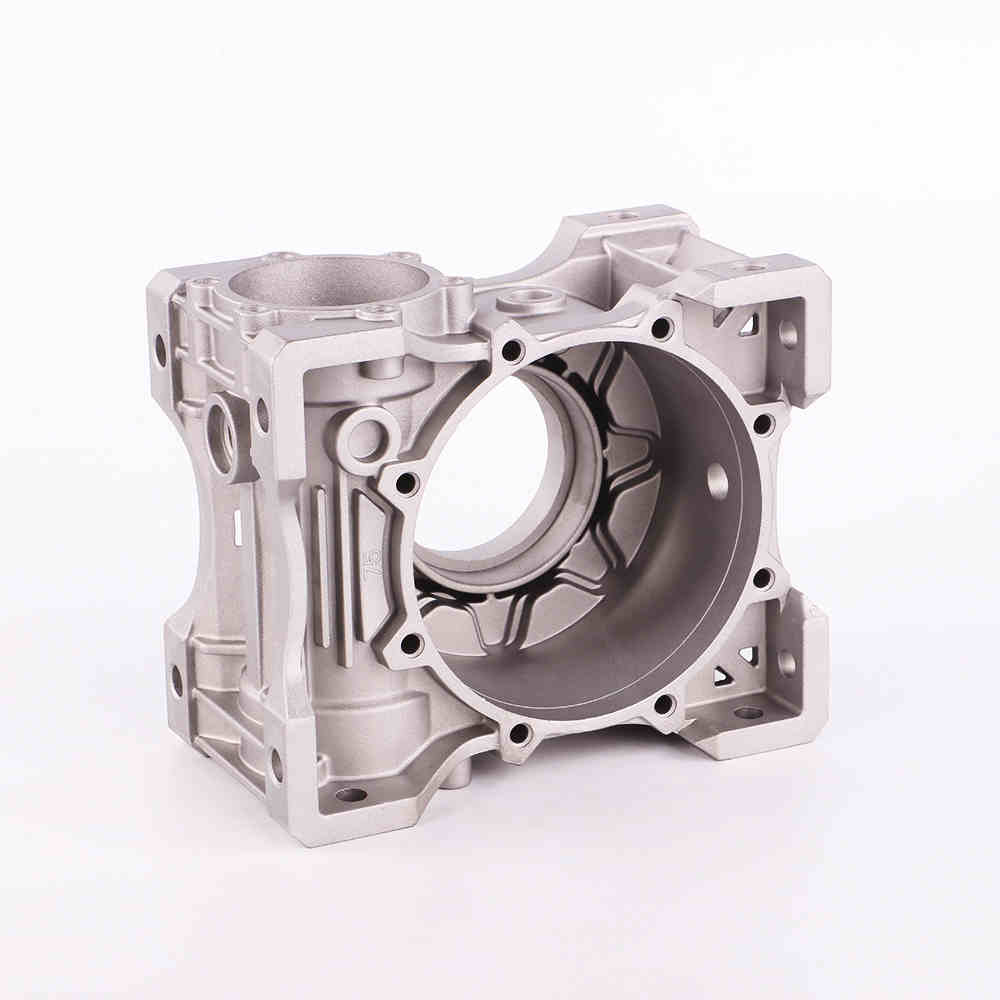
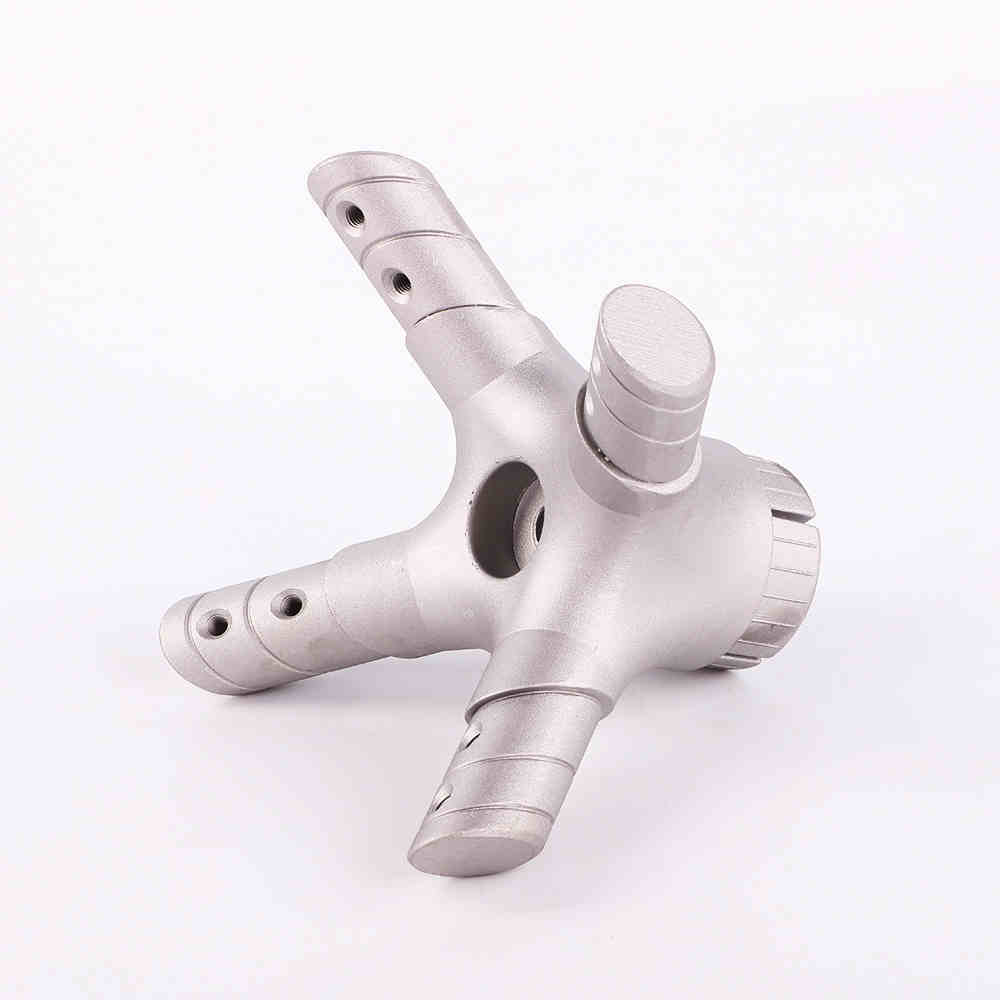
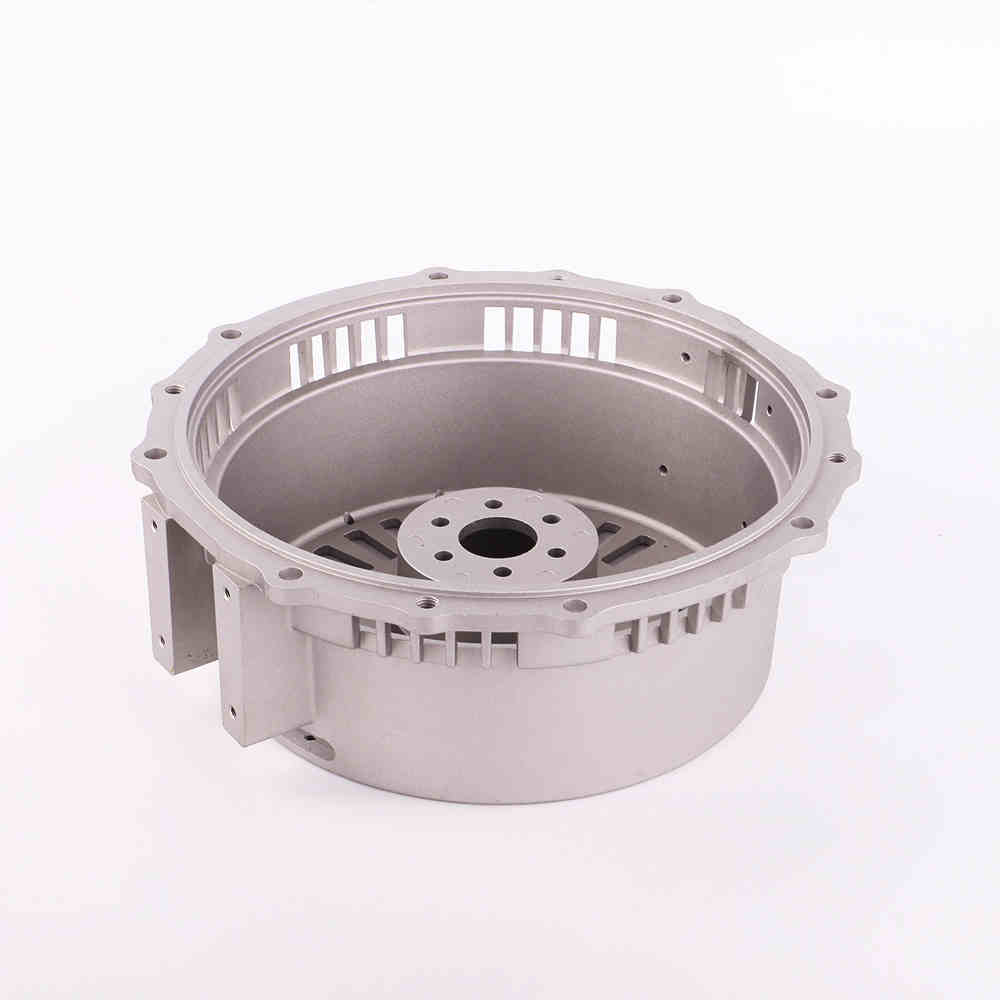
Common Misconceptions About Aluminum
Myths Surrounding Aluminum as a Material
There are several misconceptions about aluminum, such as it being a weak metal or not durable enough for heavy-duty applications.
However, these beliefs are outdated. Modern aluminum alloys are extremely strong, durable, and resistant to corrosion.
Facts vs Fiction in the Aluminum Debate
Another common myth is that aluminum is prone to rusting like iron.
In reality, aluminum doesn’t rust because it forms a protective oxide layer that shields it from further corrosion. This makes it ideal for outdoor and marine applications.
Conclusion: Aluminum and Aluminium in Modern Industry
Aluminum (or aluminium, depending on your location) is one of the most versatile and widely used metals in the world.
Its combination of lightweight properties, durability, and resistance to corrosion make it a material of choice in industries ranging from construction to aerospace.
Whether it’s used in its pure form or as part of an alloy, aluminum continues to be an essential material for modern manufacturing.
As more advancements in recycling and alloy technology emerge, aluminum’s role in sustainable industry will likely only increase, reinforcing its importance in reducing the environmental impact of various sectors.
